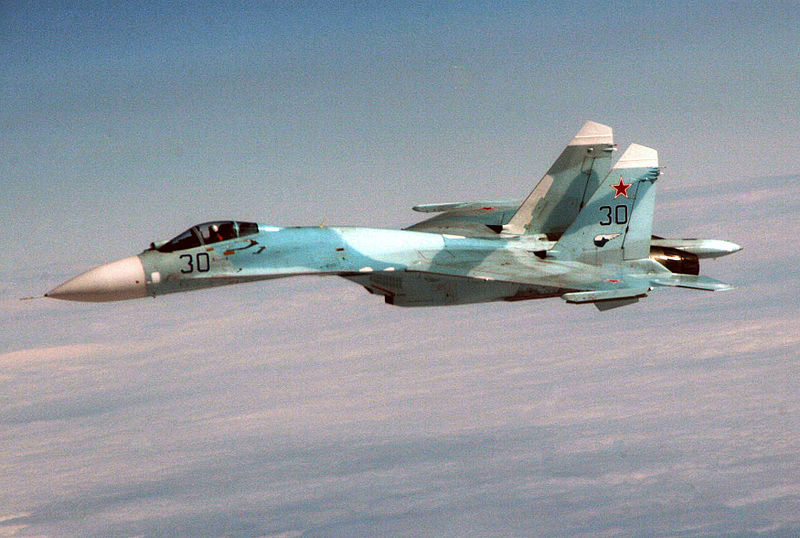The
Russian bear has come through the past year far leaner than before, yet still
plans to maintain much of its high projected defense spending over the next decade. Indeed, the combination of plummeting oil
prices alongside crippling economic sanctions severely diminished the funds
available for military procurement. Even
now, with prices seeming to stabilize, Moscow’s revenues are a shadow of their
former scale and it will face massive economic dislocations that will tax
Moscow’s capabilities for at least the next few years. Instead of expanding Russian budgets, one
ought to expect a shift towards austerity and receding international
commitments. However, Moscow has instead
substantially expanded its military budget that is only now beginning to slow,
regardless of the fact that such military expansion and interventions in the
years of slim pickings may ultimately undermine the state.
It
is in this climate that NATO vows to reduce cuts, or even increase its own defense
spending. Yet, engaging in an arms race
to spend Russia into oblivion is hardly sound policy if divorced from
strategy. Prompting regime collapse is
not a prudent course, as chaos in a large state with high tech weapons and
nuclear capabilities is a far greater threat than Moscow currently poses. Alternatively, matching Russia is pointless
if it cannot even maintain its own spending levels, let alone make headway in
its long race towards parity. Yet, if
part of a broader negotiation, western nations need to consider concessions
they would hope to trade for slowing their defense budgets.

A Map of NATO. Russia perceives this organization as an
anti-Russian alliance expanding into its ‘Near Abroad” (Wikimedia Commons)
Yet
NATO has few options. Crimea remains
fully ensconced under Russian control and economic pressure and confrontation
short of war are unlikely to change the status quo. Even Syria is a non-issue, as Putin already retained
his vital base in the Mediterranean, projected Russian power despite economic
impediments, and bolstered the Assad regime.
This raises few hopes, and little benefit, within Washington to change
the situation now. What then is the
utility in bolstering NATO defense budgets to counter a Russian investment in
research, technology, development, and procurement already lagging behind
Western levels and predicted to exceed Russia’s current ability to pay for it?


A Russian T-72 Main Battle Tank
and a Su27 Fighter, the latter involved in exercise Vigilant Eagle in 2013
(Wikimedia Commons)
The
real opportunity, if NATO nations remain wedded to expanding defense budgets,
is to moderate this economic pressure just enough so that Washington can
leverage its greater spending for policy concessions elsewhere. For example, while chasing the Russian bear
out of Crimea is unfeasible, increasing economic pressure and then reducing it
can guard against further encroachments into Ukraine or other non-NATO
countries in Eastern Europe and the Caucasus.
This is particularly effective if combined with credible threats of NATO
expansion. The result will be a
cash-strapped Russia under pressure and ready to cooperate on certain
agreements. The real benefit of a
potential arms race deliberately fueled by NATO to maintain high, and
ultimately unsustainable, Russian defense budgets is therefore to manipulate
this pressure for rollbacks of Russian influence or other concessions where
possible in the years ahead. Such
efforts will require nuanced diplomacy and careful timing to succeed. Without this, Washington should simply leave
Russian military budgets alone to bankrupt the state, and focus its own
substantial revenues for better use elsewhere.




No comments:
Post a Comment